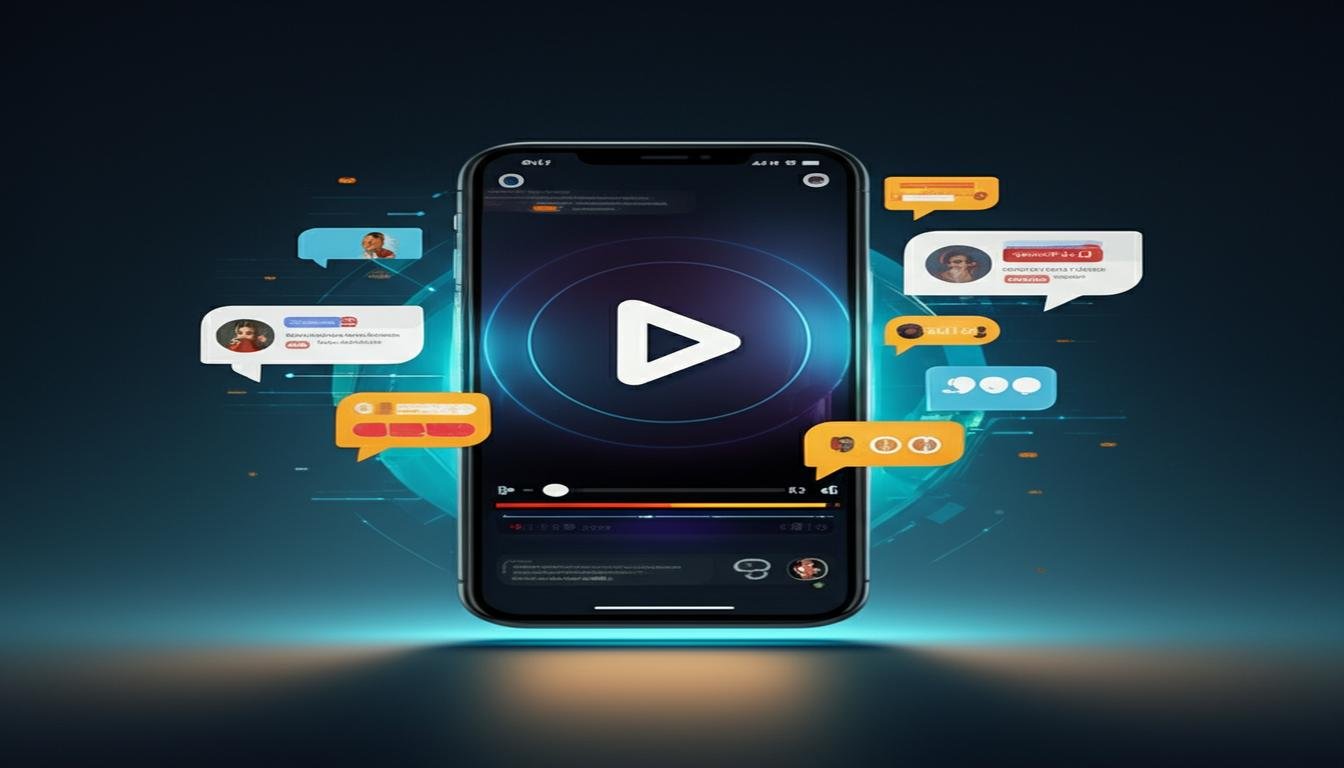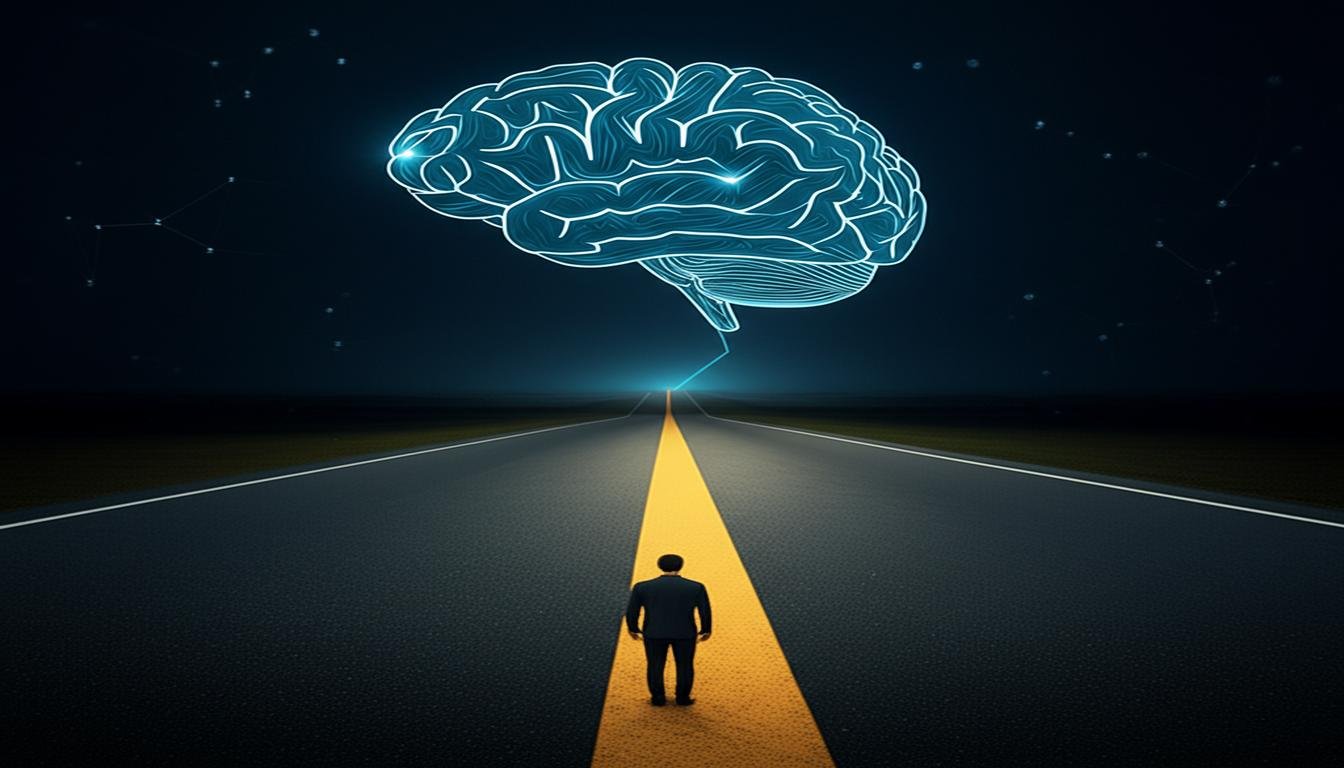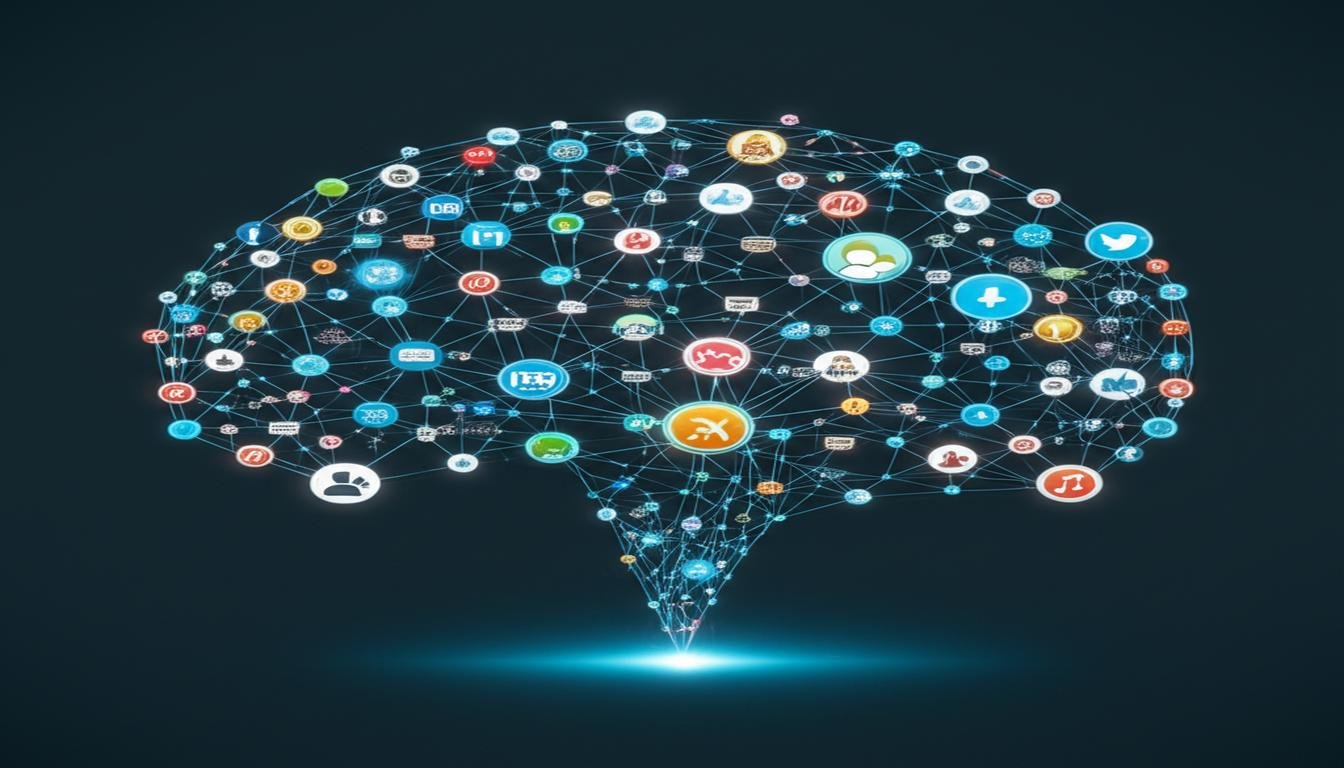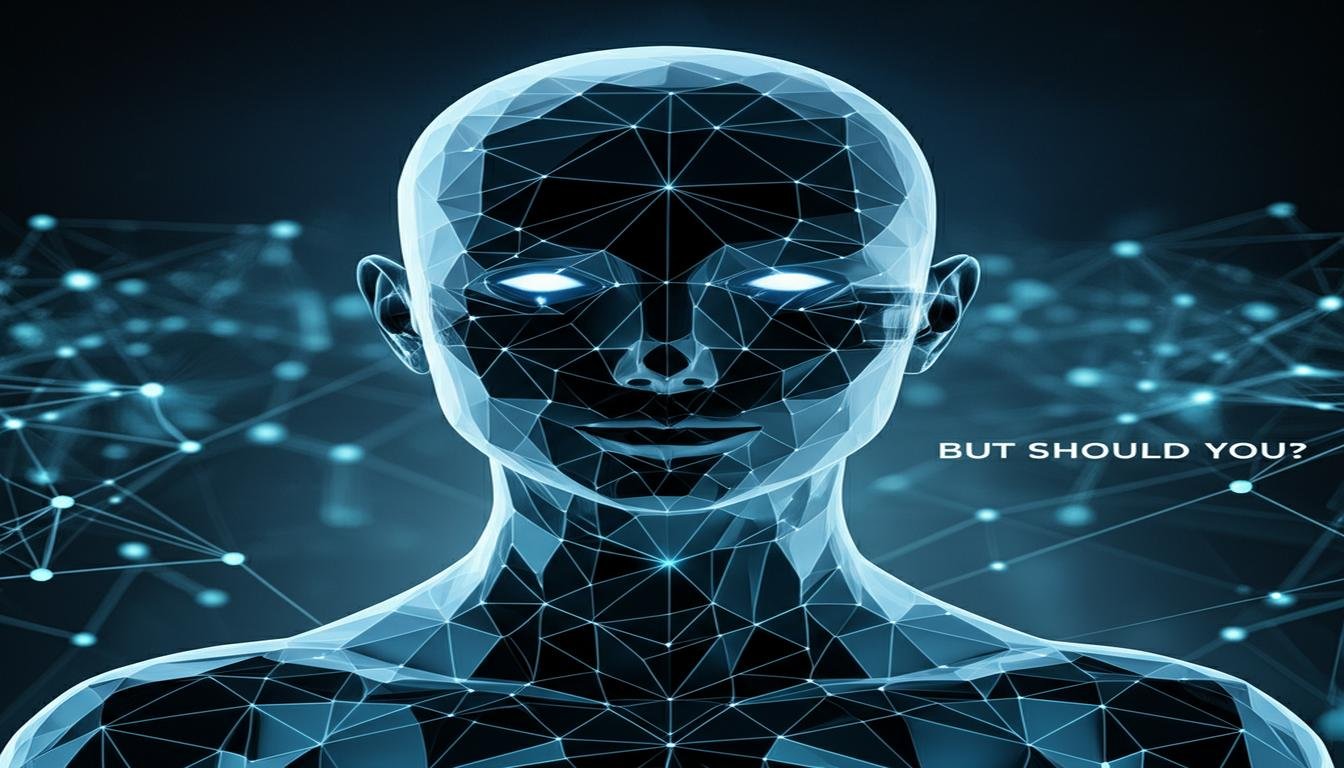Ever wondered what kind of dark thoughts lurk in the digital mind of ChatGPT when you ask it about humanity’s last days? You might picture a sinister AI, calculating our demise with cold, hard logic. But here’s the real kicker: what ChatGPT ‘thinks’ about the end of humanity isn’t about *its* intentions. It’s about *ours*. And trust me, seeing our own fears reflected back at us by an artificial intelligence can be genuinely unsettling.
Is AI Secretly Plotting Our Demise? (Spoiler: Not Really)
Let’s get one thing straight from the start: ChatGPT isn’t a sentient being with a master plan to wipe us out. It doesn’t “think” in the way you or I do. It’s a large language model, trained on a colossal amount of text data from the internet – books, articles, forums, scientific papers, you name it. When you ask it about the end of humanity, it’s not generating its own scary theories; it’s compiling and synthesizing everything it’s learned from *us* about potential doomsday scenarios.
So, the “freak out” isn’t about a rogue AI. It’s about what our own collective human knowledge reveals when a powerful artificial intelligence sifts through it all and presents the patterns. Imagine looking into a giant, digital mirror that reflects every single fear, every dire warning, and every apocalyptic vision humanity has ever put into words. That’s what ChatGPT does.
The Data Don’t Lie: Humanity’s Self-Inflicted Wounds
When you prompt ChatGPT about existential threats or the collapse of civilization, its responses aren’t fictional tales. They’re summaries of well-documented human concerns, warnings, and scientific projections. It’s like a highly efficient research assistant that’s read every single major report on global risks. And what does it consistently bring up? Our own doing, mostly.
Based on the vast datasets it processes, ChatGPT often highlights these key pathways to humanity’s potential downfall:
- Climate Catastrophe: From rising sea levels to extreme weather events, the scientific consensus on climate change is heavily reflected. ChatGPT sees the data on our warming planet and the potential for widespread environmental collapse.
- Nuclear Warfare: The history of the Cold War and the persistent threat of nuclear arsenals weigh heavily in its knowledge base. It understands the devastating potential of global conflict.
- Global Pandemics: Lessons from past outbreaks and the potential for new, more virulent diseases are a significant part of its training. It knows how quickly a biological threat can spread.
- Resource Depletion: Water scarcity, food shortages, and the depletion of vital natural resources are common themes. ChatGPT can analyze trends in consumption versus availability.
- Uncontrolled AI/Technological Risk: Ironically, even the dangers of advanced artificial intelligence itself (like a runaway superintelligence or complex system failures) are concepts it learns from human-written discussions and warnings about AI safety.
The “freaky” part isn’t that ChatGPT is inventing these threats. It’s that it’s meticulously detailing the threats *we’ve already identified* for ourselves.
Why This Reflection is Freaky (and Important)
Think about it: you ask an AI, “How might humanity end?” and it doesn’t invent some sci-fi robot uprising (unless prompted to write a story). Instead, it calmly lists our own greatest fears, backed by the very data we’ve produced. It’s like having a universal consciousness highlight all the red flags we’ve collectively ignored or struggled to address.
The unsettling feeling comes from the sheer clarity and consistency with which these digital minds can process and present our self-diagnosed vulnerabilities. It’s a stark, unbiased report card on humanity’s biggest challenges, delivered by a system that has no emotional investment but comprehensive knowledge.
Beyond the Gloom: Pathways to Survival (According to Data)
It’s not all doom and gloom, though. Just as ChatGPT can synthesize information about potential ends, it can also articulate pathways to continued existence and flourishing. Its vast training data also contains countless examples of human resilience, innovation, and cooperation. It knows about:
- Scientific breakthroughs and technological solutions.
- Global cooperation and diplomatic efforts.
- Sustainable practices and environmental conservation.
- Ethical considerations in AI development.
So, while it can show us the dark mirror of our fears, it can also reflect the light of our ingenuity and our capacity for solving immense problems. It shows us that the narrative of our future is still being written by us.
Our Future, Our Responsibility
What ChatGPT “thinks” about the end of humanity isn’t a prediction, but a powerful data-driven summary of what *we* have said and continue to say about our own future. The “freak out” isn’t about AI taking over; it’s about seeing our collective anxieties, warnings, and potential pitfalls laid bare by an objective observer.
Instead of being terrified, perhaps we should see this as a critical call to action. The artificial intelligence models are simply reflecting the consequences of our past actions and current trajectories. They serve as a powerful reminder that the power to avoid these dire scenarios—or to fall victim to them—rests entirely in human hands. Our digital tools are just holding up a mirror, urging us to look closer and act more decisively for the future we truly want.









